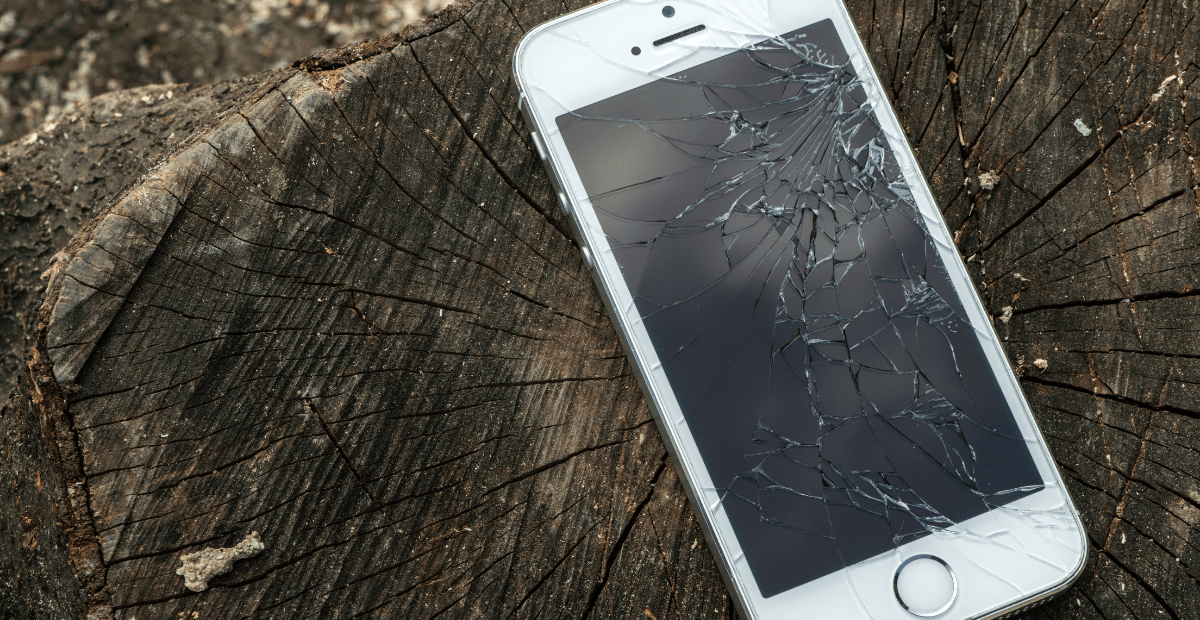Aftermarket iPhone Screen vs Original: Here’s What You Need to Know

When it comes to repairing your beloved iPhone, you might find yourself pondering one key question: Should I opt for an aftermarket iPhone screen vs original?
In this article, come along as we dive into the distinguishing features of both options, comparing original iPhone screens versus aftermarket screens, and hopefully, illuminating your path toward the right decision for you. So here we go, who’ll win the showdown between an aftermarket iPhone screen vs original?
The Original iPhone Screen
Stepping into the world of iPhone repairs, the term ‘original’ refers to screen parts made directly by Apple.
PROS
- With original screens, quality is a given. These parts mirror those which initially graced your phone, promising consistent performance
- Being designed by Apple, these parts mesh seamlessly with your device, ensuring optimum functionality
- Original screens usually come with a warranty, offering a safety net in the rare case of component failure
CONS
- Quality comes at a price. Original screens are typically more expensive than their aftermarket counterparts
- Gaining access to original iPhone screens can sometimes be tricky, often requiring a visit to an authorised dealer
The Aftermarket iPhone Screen
On the other side of the spectrum, aftermarket screens are produced by third-party manufacturers, providing an alternative to Apple’s original screens. But how do they shape up?
PROS
- Affordability is one of the main attractions of aftermarket screens, making them a wallet-friendly choice
- With a host of manufacturers in the aftermarket arena, you’re presented with a plethora of options
- The expansive market for aftermarket screens means they are readily available, making the repair process faster
CONS
- Aftermarket screens can be a mixed bag in terms of quality, with some falling short of the standards set by original screens
- As these screens aren’t made by Apple, there can sometimes be minor compatibility hiccups
- Aftermarket screens might exhibit more faults due to high-speed, cost-efficient manufacturing processes
Now that we’ve examined the pros and cons of each of the aftermarket and original screens for iPhone individually, it’s time for a comparison. Now, let’s see the match-up between an aftermarket iPhone screen vs original.
The ultimate face-off: Aftermarket iPhone screen vs original
Now, let’s compare the two side-by-side, pitting original iPhone screens against aftermarket screens:
- You may notice differences in colour vibrancy between original and aftermarket screens, with originals often having the edge
- Aftermarket screens might be a tad thicker, sitting slightly higher on your iPhone
- Original screens usually shine brighter, while aftermarket options might be a bit dimmer
- The sensitivity of the 3D Touch feature can sometimes be less in aftermarket screens
- Original screens offer a smoother visual experience, while aftermarket screens might have a lower refresh rate

Final thoughts on aftermarket iPhone screen vs original
At the end of the day, the choice between an original iPhone screen and an aftermarket screen hinges on your individual needs and resources. If you value top-notch quality and seamless performance, the original route might be your best bet. Conversely, if you’re seeking a budget-friendly repair solution, an aftermarket screen could do the trick.
There’s no denying that a broken phone screen can be frustrating – but there’s a silver lining; a speedy screen replacement can instantly undo all that damage. At Phone Repair NZ, our comprehensive screen repair service is tailored to your needs. We’re committed to providing you with quality, efficiency, and value every time.
Please contact us with any questions you have about our services. We’d love to connect with you. And, if you’ve enjoyed this deep dive into aftermarket iPhone screen vs original, be sure to check out the other useful tips and tricks on our blog.



